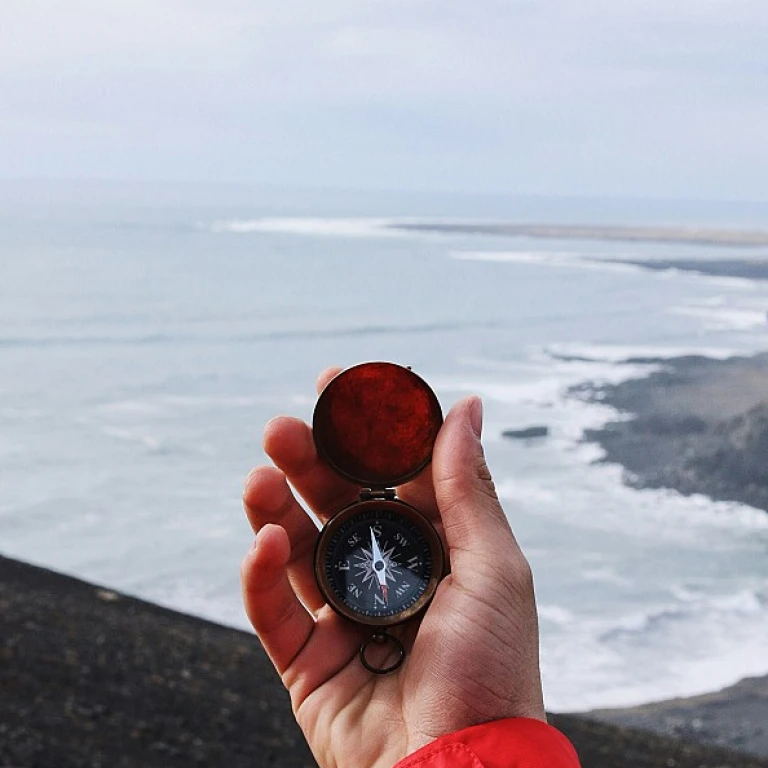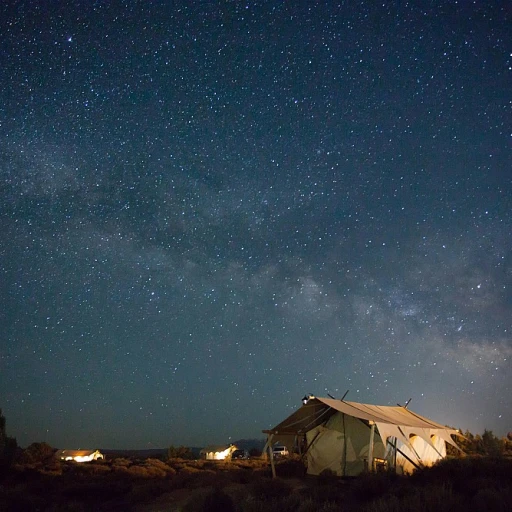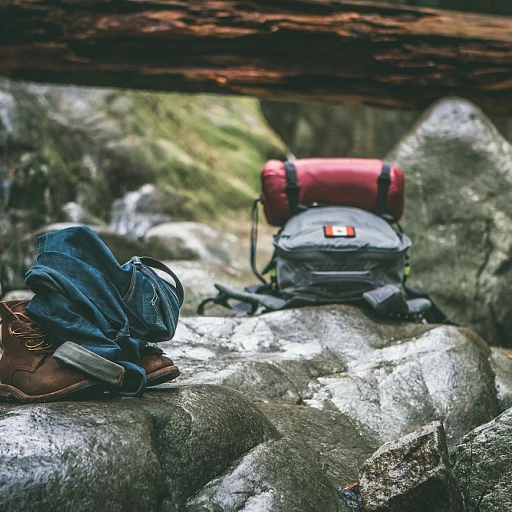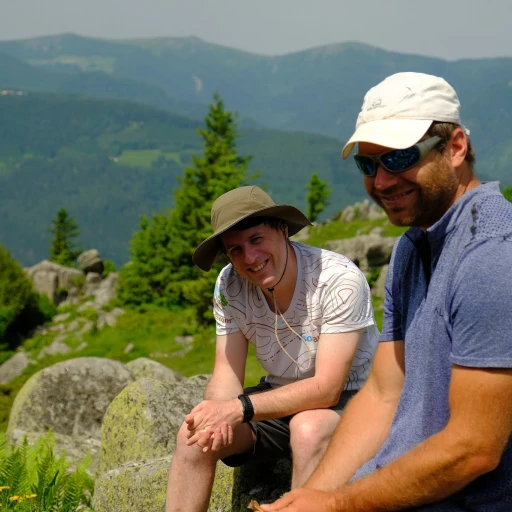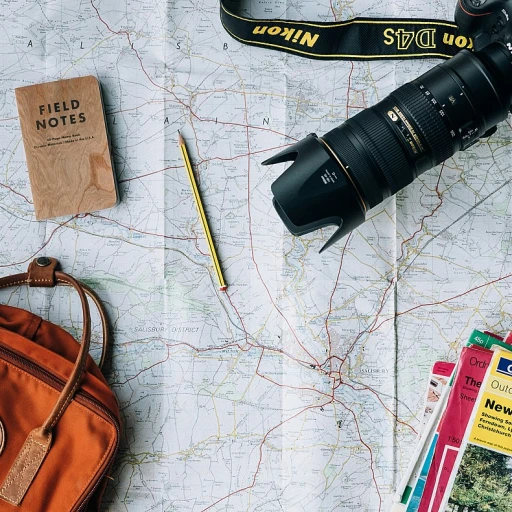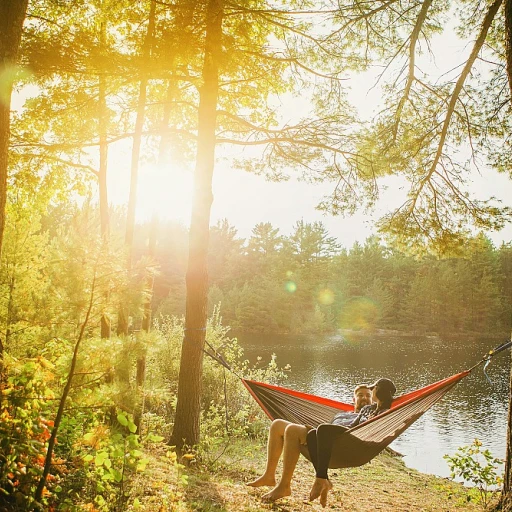Understanding the Salkantay Trekking Route
The Route to Adventure
The Salkantay Trek is one of Peru's most thrilling experiences, offering an alternative to the famous Inca Trail. Starting in the vibrant city of Cusco, this trek takes you through a mix of breathtaking views and cultural encounters. Over the course of several days, you'll journey past the imposing Salkantay Mountain, through lush cloud forests, and eventually reach the iconic Machu Picchu.
Highlights of the Trail
One of the trek's most memorable moments is the ascent to the Salkantay Pass, standing tall at over 15,000 feet above sea level. This high-altitude challenge rewards you with panoramic views of snow-capped peaks and the chance to feel truly connected to the mountains. As you descend, the landscape shifts dramatically, leading you to the serene Humantay Lake, a turquoise gem nestled among the Andes.
Connecting with Local Culture
Beyond the natural beauty, the Salkantay Trek offers a glimpse into the rich traditions of the Andean people. As you pass through small villages and interact with local communities, you'll gain insights into their way of life and perhaps even enjoy a cup of coca tea to help with the altitude. Guides often share stories and legends that add depth to the journey, making it more than just a physical challenge.
Choosing the Right Path
While some adventurers opt for guided tours, others prefer the independence of a self-guided trek. Both options have their merits, but a guide will ensure you don't miss any hidden gems along the way. Whether you're a seasoned hiker or a first-timer, the Salkantay Trek promises an unforgettable experience.
For those considering other hiking adventures, the Insider's Guide to Hiking the Wonderland Trail offers valuable tips and insights.
Preparation and Gear Essentials
Gearing Up for the Salkantay Adventure
Setting off on the Salkantay trek means being ready for a mix of conditions. From sunny days to chilly nights, having the right gear can make or break your experience. Let's talk essentials.
Clothing and Footwear
Layering is your best friend. Start with moisture-wicking base layers to keep sweat at bay. Add insulating layers for warmth and a waterproof jacket for those unexpected showers. For your feet, a sturdy pair of hiking boots is crucial, providing support and grip on rocky trails. Consider boots with ankle support to help navigate the rugged terrain of the Salkantay pass.
Camping Gear
If you're not going with guided tours that provide gear, you'll need a reliable tent, a warm sleeping bag suitable for high altitude, and a lightweight sleeping mat. Nights can get cold, especially near the Salkantay mountain, so choose a sleeping bag rated for low temperatures.
Backpack and Essentials
A comfortable backpack with a capacity of 40-50 liters should suffice for the 5-day trek. Pack essentials like a water bottle, snacks, sunscreen, a hat, and sunglasses. Trekking poles can be a lifesaver on steep descents and help conserve energy on long hiking days.
Tech and Navigation
While the trail is well-marked, having a map or a GPS device is wise. Some trekkers prefer using trekking apps for real-time guidance. Remember, phone signals can be spotty, so it's good to have offline maps downloaded.
Health and Safety
Altitude sickness is a concern, so acclimatize in Cusco for a few days before the trek. Bring a basic first-aid kit with band-aids, antiseptic wipes, and any personal medications. Water purification tablets or a portable filter are essential, as you'll need to refill from streams along the trail.
Preparation is key to enjoying the Salkantay trek. With the right gear, you'll be ready to soak in the beauty of Peru's mountains, from the stunning views of Humantay Lake to the vibrant culture of local villages. For more gear tips, check out this guide on hiking essentials.
Physical and Mental Challenges
Facing the Highs and Lows of the Trek
The Salkantay trek isn't just a stroll in the park. It's a challenge that will make you dig deep both physically and mentally. Let's talk highs first—the majestic peaks of the Salkantay mountain and the awe of Humantay Lake. But wait, before you soak in those breathtaking views, you'll need to tackle the low temperatures and biting wind, especially at the Salkantay Pass. Accept that walking the Salkantay trail will be demanding. Trekking up those high-altitude paths isn't for the faint-hearted. Remember, the ascent gets tricky around 4,600 meters above sea level. You're gonna need a good pair of walking boots and some grit to conquer this beast.Dealing with High Altitude Adjustments
Elevation can catch you off guard. You could experience altitude sickness with symptoms like nausea or headaches. Stay hydrated, take it slow and have a couple of days in Cusco to let your body get used to the thinner air. Don't rush. This isn't a race. Your guide will be your best friend in understanding how to pace yourself during the day trek to keep those symptoms in check. Keep small snacks handy like cocoa leaves, they’re known in Peru to help combat altitude effects.Navigating Through the Tough Days
The trail has patches that will test your endurance. There will be days where your spirits might dip. That’s when it helps to have the camaraderie of your fellow trekkers, positive vibes, and a reminder that Machu Picchu isn’t far. And when you reach Aguas Calientes, a soak in the hot springs is the perfect remedy for sore muscles and tired minds. You'll appreciate the comfort of your sleeping bag after the long days and chilly nights on the Salkantay trek. Remember, every step takes you closer to those Inca Trail memories of a lifetime. This isn't just about the destination, it’s about the whole trip’s experience. Consider a guided tour from Cusco to Santa Teresa if you want that extra layer of support in logistics and storytelling, with anecdotes rich in local culture. Trust your guides—these folks know the trail like the back of their hand.Cultural Insights and Local Interactions
Immerse Yourself in Local Traditions
Embarking on the adventure of hiking the Salkantay trek isn't just about the awe-inspiring vistas. It's a chance to connect with the heart of Peru—its local culture. As you traverse this trail, you'll encounter more than just challenging terrains and elevations. Along the journey, there are stops in quaint Andean villages where the spirit of the people and their history come to life. Many people find solace in the company of local Quechua communities. Their warmth and friendliness, even to strangers, can transform your experience. You'll often find them with open arms, ready to share stories, traditional music, and their cherished customs. If you're lucky, you might stumble upon festival celebrations where colorful dances and local delicacies take center stage.Try the Local Delicacies
Sampling regional cuisine is a must. The locals might offer you a taste of a traditional dish, whether it's the savory lomo saltado or the hearty warming soup, chupe de montana. Feeling adventurous? Get a taste of their quinoa soup enriched with diverse local spices and flavors. Each meal during the trek not only fuels the body but also offers a cultural experience.Explore Andean Traditions
Whether it’s listening to a farmer talk about the ancient potato terraces, witnessing the llama and alpaca breeds central to these communities, or learning about the significance of the Inca trail from guides, there's insight into a world not often seen by many tourists. The Salkantay trek is not just a path through nature; it's a bridge to another time, a space where the past and the contemporary world blend seamlessly.Strengthen Bonds with Fellow Travelers
Sharing the adventure with fellow hikers often leads to forming enduring friendships. As you sit around campfires, sharing stories about your day trekking the Salkantay, you’ll bond over shared challenges and triumphs, making your journey all the more memorable. Every sunset over the peaks and roadside encounters enhance not just your personal journey but enrich the tapestry of stories you take home. These authentic experiences add depth to your Salkantay adventure, enriching your storytelling arsenal with tales not only of sights and trails but of the people who call this stunning corner of the world home. Experiencing local culture just adds another layer to your journey, making every step on the Salkantay trail a story to live and tell.Environmental Considerations and Conservation
Protecting the Natural Beauty
As you set out on the Salkantay trek, it's impossible not to be struck by the stunning vistas that unfold with each step. But with such beauty comes a responsibility to preserve it for future adventurers. The trek takes you through the heart of Peru's diverse ecosystems, from the snow-capped Salkantay Mountain to the lush cloud forests near Aguas Calientes. Each day offers a new experience, but it's crucial to remember that these environments are fragile.
Leave no trace principles are your best friend on this journey. Pack out all trash, stay on designated trails, and avoid disturbing wildlife. The high altitude areas, like the Salkantay Pass, are particularly sensitive. The flora and fauna here have adapted to extreme conditions, and even minor disruptions can have lasting impacts.
Supporting Local Conservation Efforts
When planning your trip, consider booking with tours that prioritize sustainability. Many guides will not only lead you through the Salkantay trail but also educate you on the local conservation efforts. By choosing a responsible tour operator, you're supporting initiatives that help maintain the natural and cultural heritage of the region.
Local communities play a significant role in conservation. Engaging with them during your trek, whether through a friendly chat or by purchasing local crafts, helps bolster their economy and encourages sustainable practices. The people of Cusco and Santa Teresa have lived in harmony with these lands for generations, and their insights are invaluable.
Weather and Its Impact
The weather in Peru can be unpredictable, especially in the mountains. Rain can cause trails to become slippery and increase the risk of erosion. This is why timing your trek is important. The dry season, from May to September, is generally the best time to hike, as it minimizes the environmental impact.
Despite the challenges, the rewards of the Salkantay trek are immense. Standing at the foot of Machu Picchu after days of hiking is a feeling like no other. By being mindful of your impact and respecting the environment, you're ensuring that this awe-inspiring experience remains available for generations to come.

